

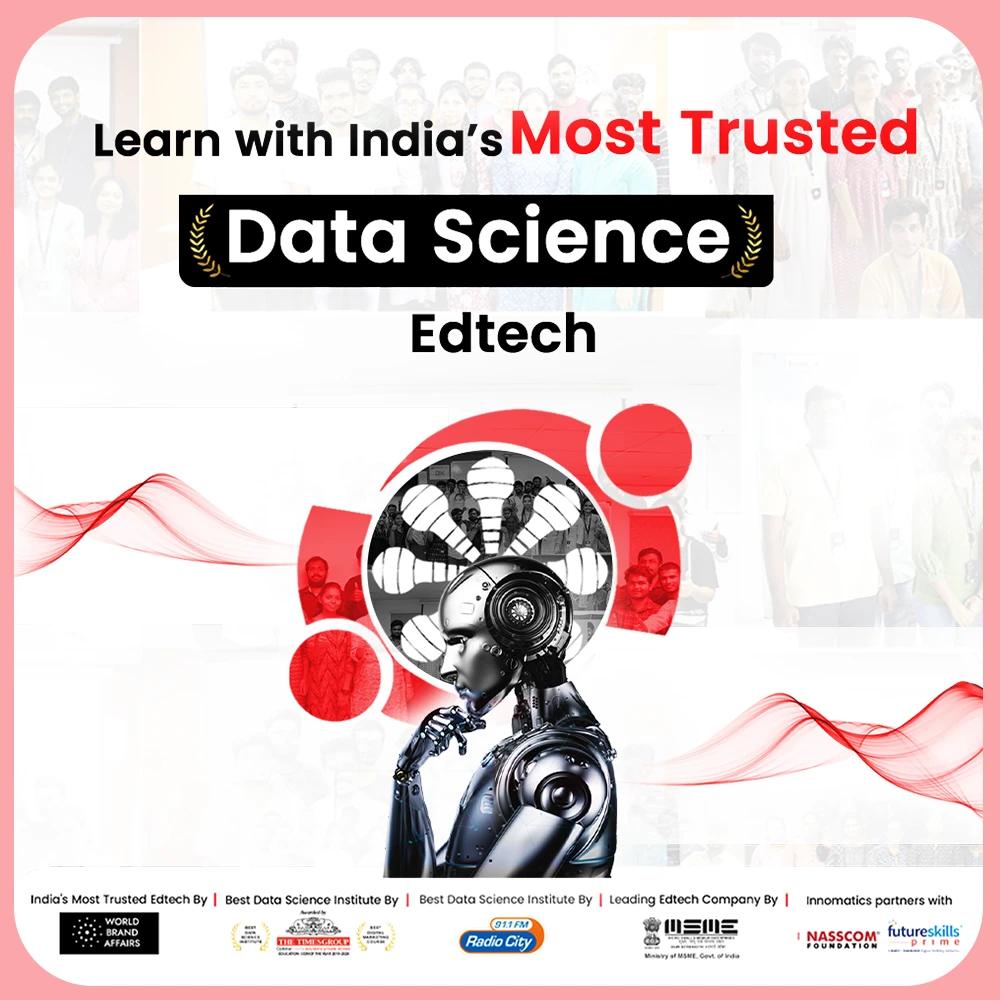
Innomatics Research Labs is a pioneer in “Transforming Career and Lives” of individuals in the Digital Space by catering advanced training on NASSCOM FutureSkills Prime Certified Data Science, Machine Learning, Artificial Intelligence (AI), Full Stack Development, Amazon Web Services (AWS), DevOps, Microsoft Azure, Big data Analytics, and Digital Marketing. We are passionate about bridging the gap between learning and real-time implementation, so empowering individuals to be industry-ready and help firms in reaping huge benefits is our primary goal.
Learn
Data Science Course
Join our industry-aligned Advanced Data Science course designed to make beginners and professionals job ready in Data Science. With hands-on engaging small group projects, expert mentorship support, and advanced tools such as Gen-AI and LLMs, we prepare you for high-growth, specified roles in our AI world today.
- NASSCOM FutureSkills Prime Certification
- Hands‑On, Real‑World Training
- Industry‑Led Expert Mentors
- Flexible Learning Formats
- 100% Placement Assistance
- Ready for the Future of AI
Batches
Free Internships
Hiring Partners
Career Transitions
Programming Languages and Tools

Job Titles for Data Science Course
Data Scientist
Data Analyst
Machine Learning Engineer
Business Intelligence (BI) Analyst
Business Analyst (Data-driven)

Data Science Course Curriculum (Syllabus)
Frequently Asked Questions (FAQs)
Your Title Goes Here
Your content goes here. Edit or remove this text inline or in the module Content settings. You can also style every aspect of this content in the module Design settings and even apply custom CSS to this text in the module Advanced settings.
1. Who can enroll in this Data Science program?
This program is perfect for graduates, working professionals, and students from B.Tech, B.Sc, or any other history who are looking to switch into Data Science or upskill.
2. What is the length of the course?
The course will take 6 months depending on how many hands-on projects, assessments, and placement prep are included.
3. Do you offer classroom training and/or online training?
Yes. We offer both classroom sessions (Hyderabad campus) and live online training.
4. Are you providing student placement assistance?
Yes. We provide placement assistance, resume preparation, mock interviews, and introductions to hiring partners.
5. What is the eligibility criteria to learn Data Science course?
Anyone with a bachelor’s degree, a keen interest in Data Science, and a basic understanding of the subject is eligible to enroll in the course.
6. What are the career opportunities in Data Science Technology?
As data has become the never-ending part of this world, businesses need people to work with data for effective business processing. Organizations are ready to recruit and pay top dollars to the right dollars, which can leverage the business.
Here are some of the roles you can find in Data Science
- Research Analyst
- Data Scientist
- Data Analyst
- Big Data Analytics Specialist
- Business Analyst Consultant / Manager
- Data analyst
7. What is the average salary of a Data Scientist?
In India, Data Scientist salaries vary widely, typically ranging from ₹3 LPA to ₹20 LPA, depending on skills and experience. Here’s a quick breakdown:
Data Analyst: ₹3–7 LPA
Junior Data Scientist: ₹6–9 LPA
Data Scientist: ₹10–15 LPA
Meet Our Recently Placed Students


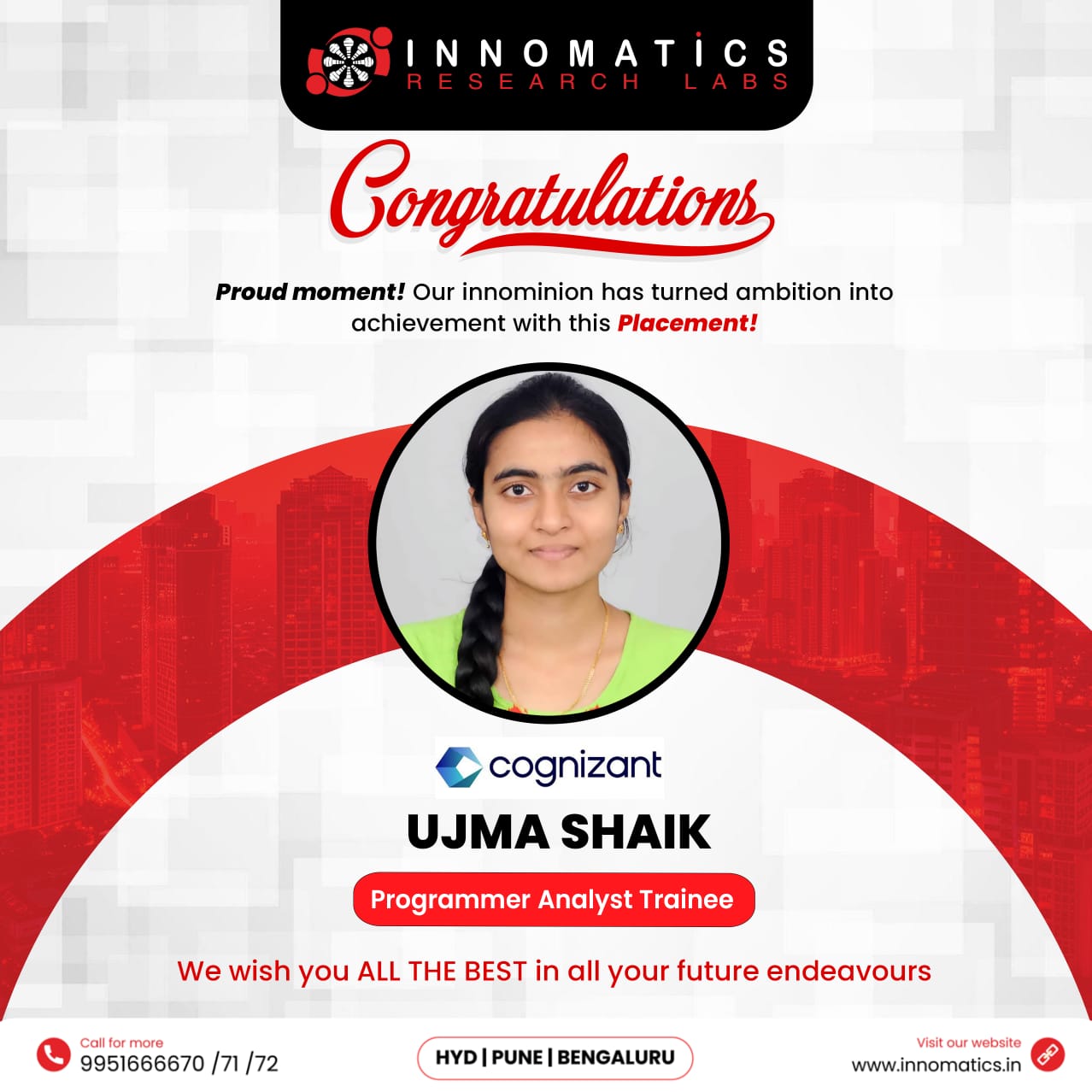

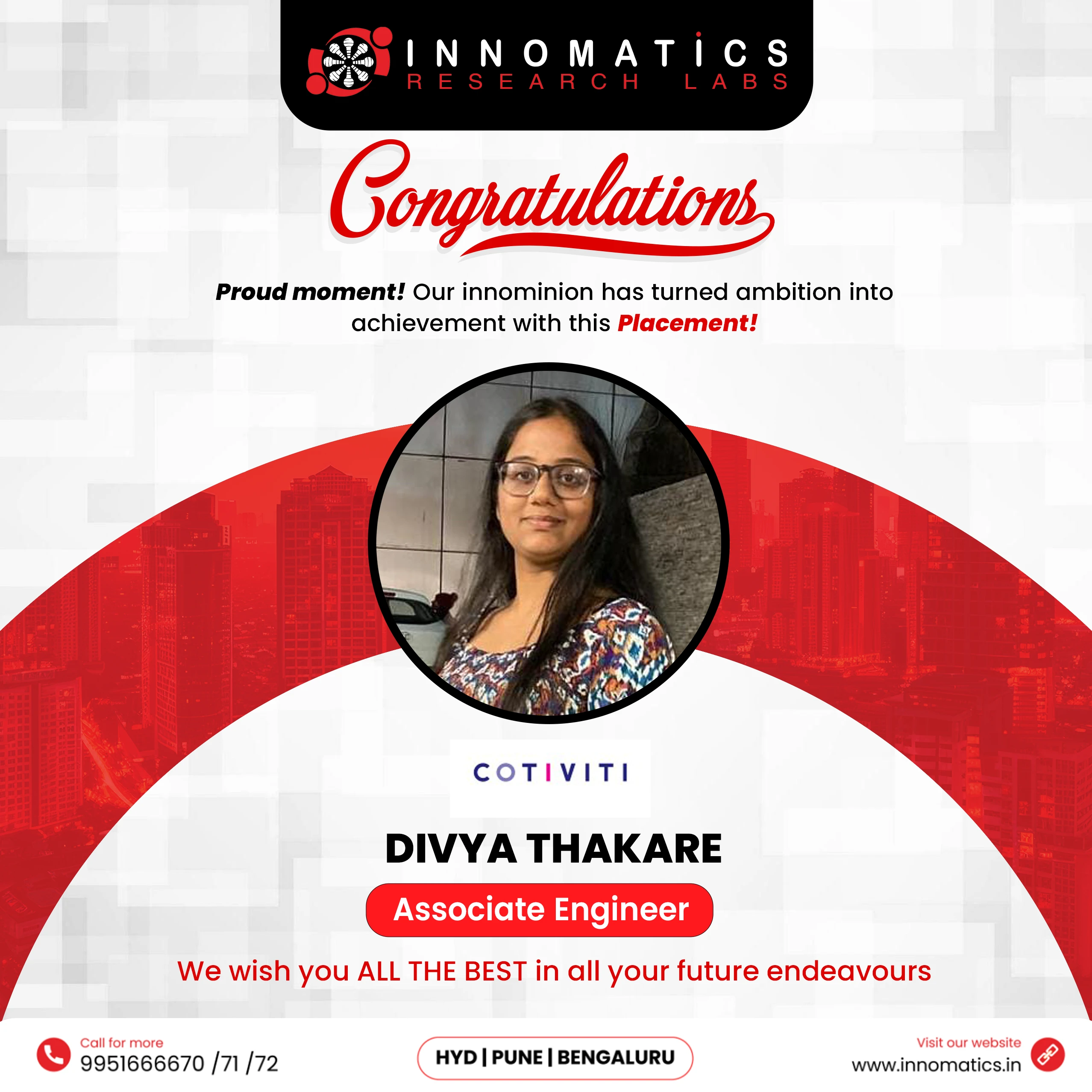
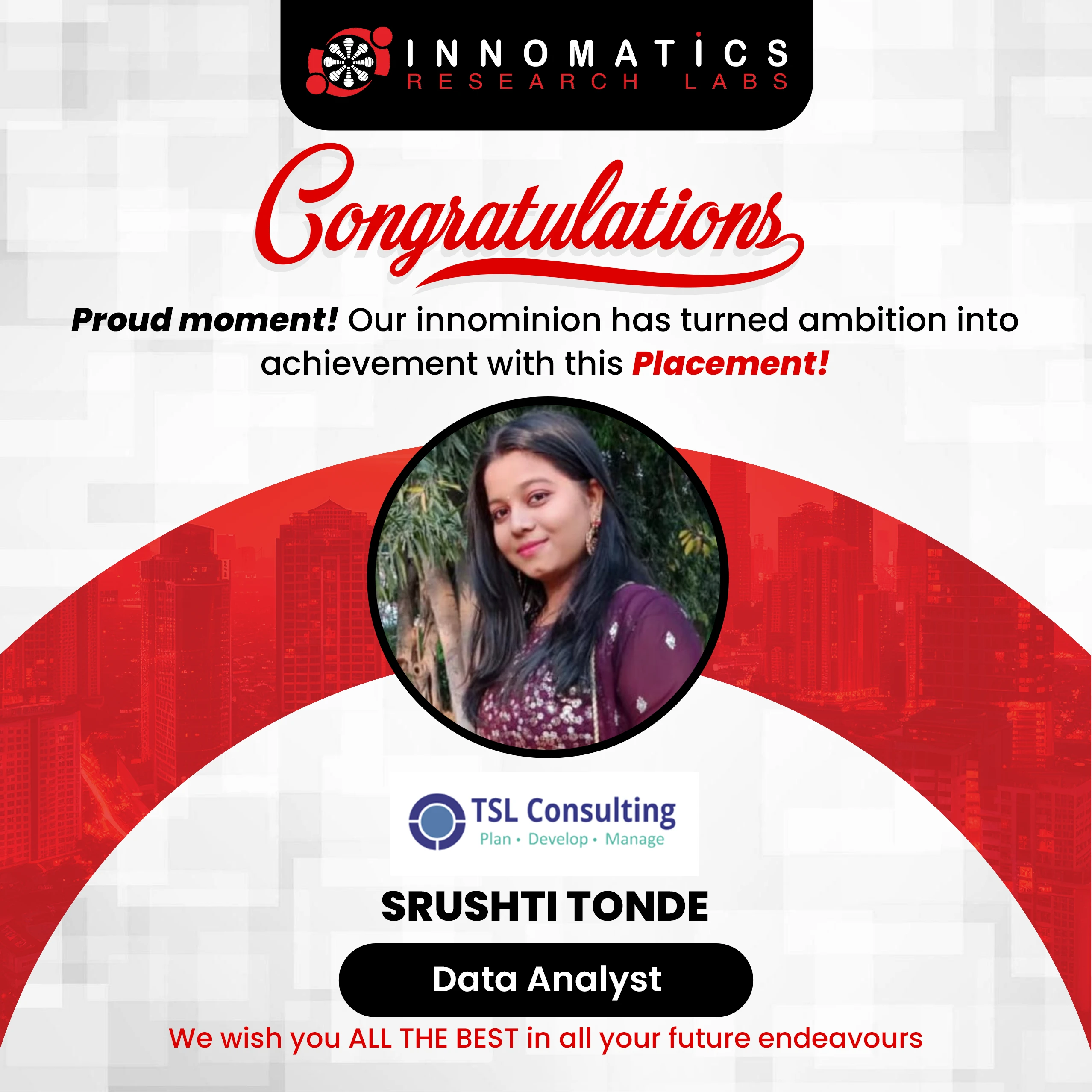
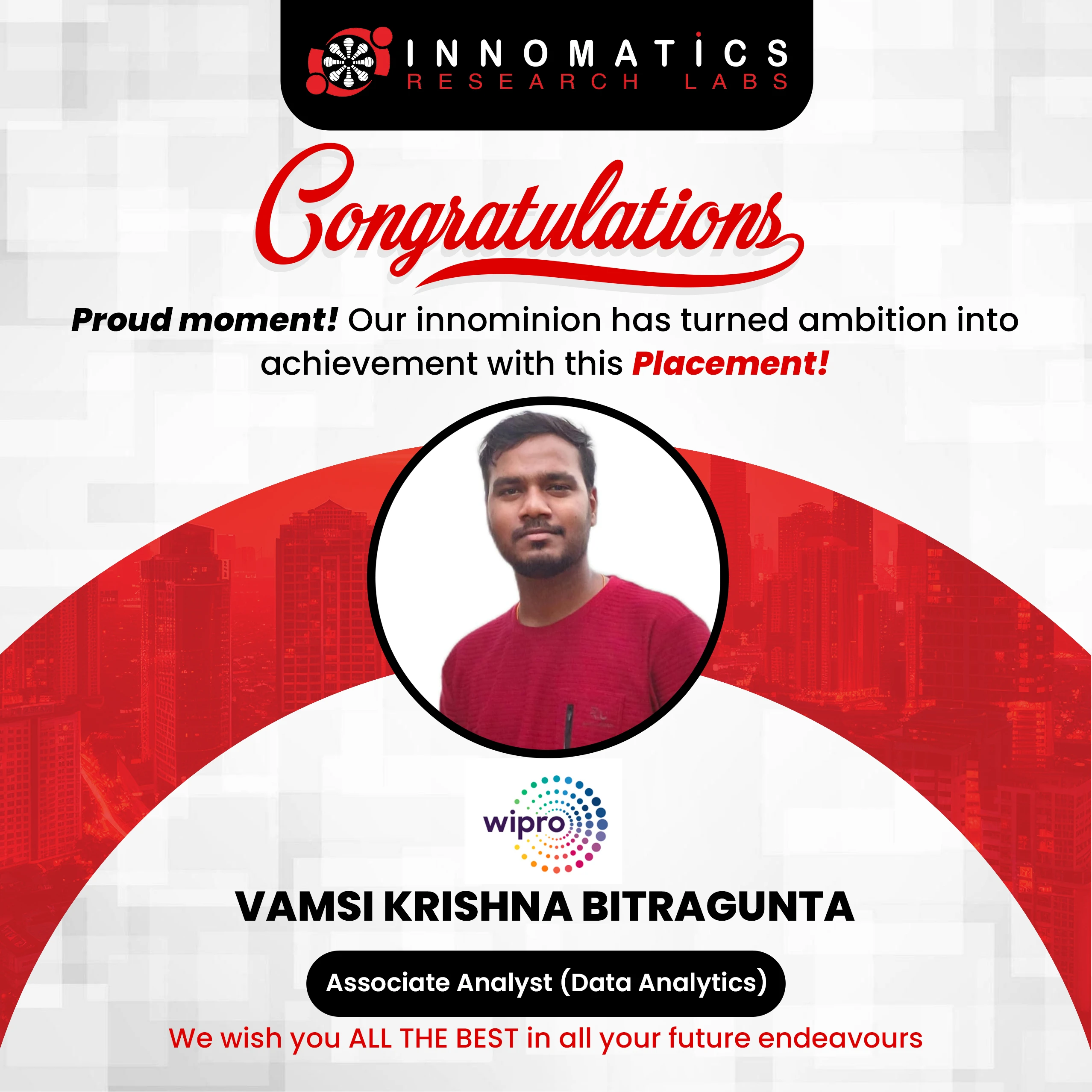
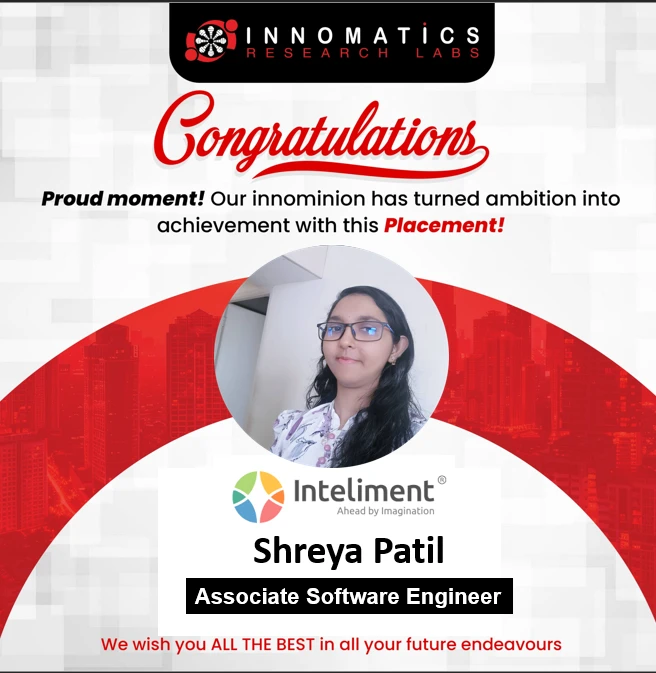


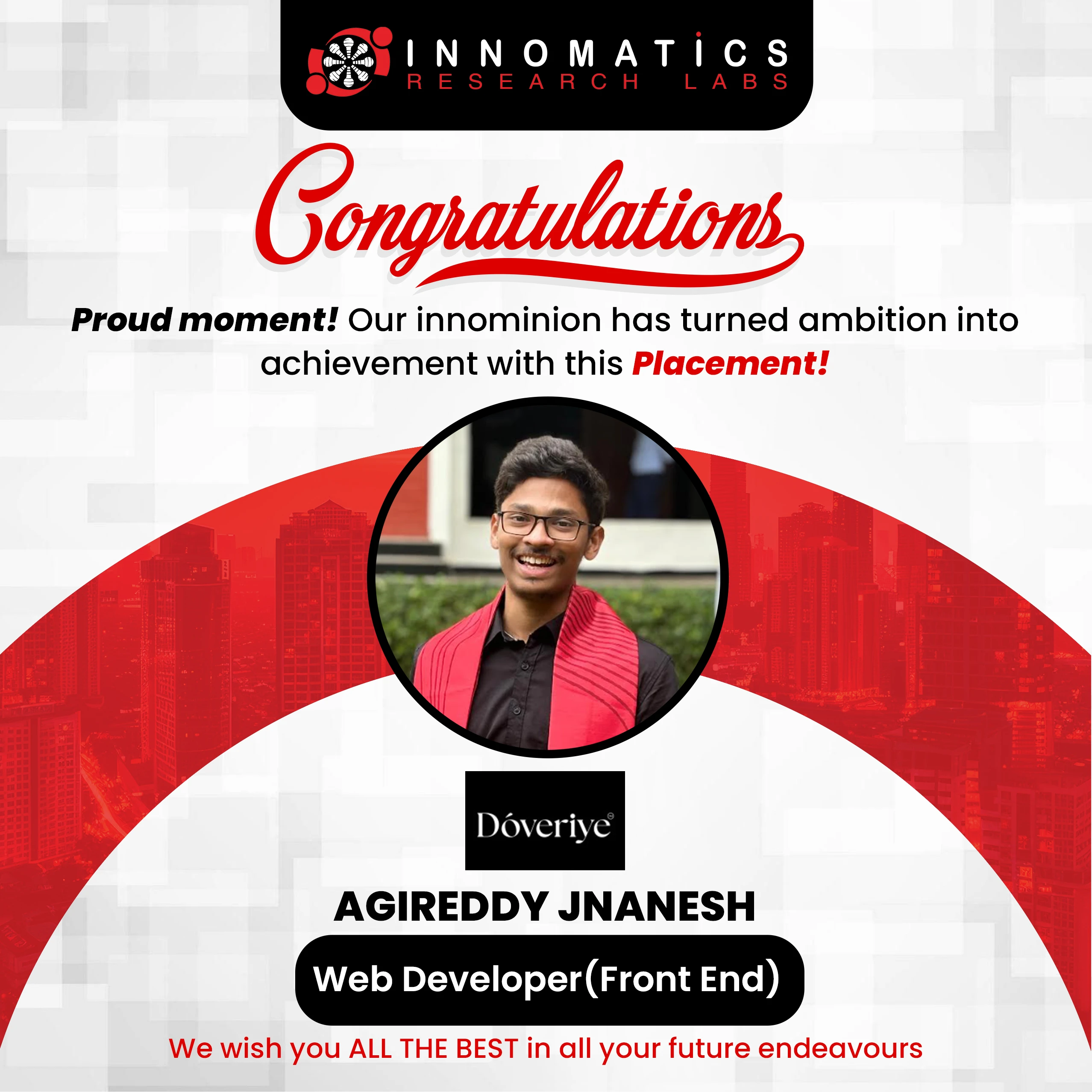

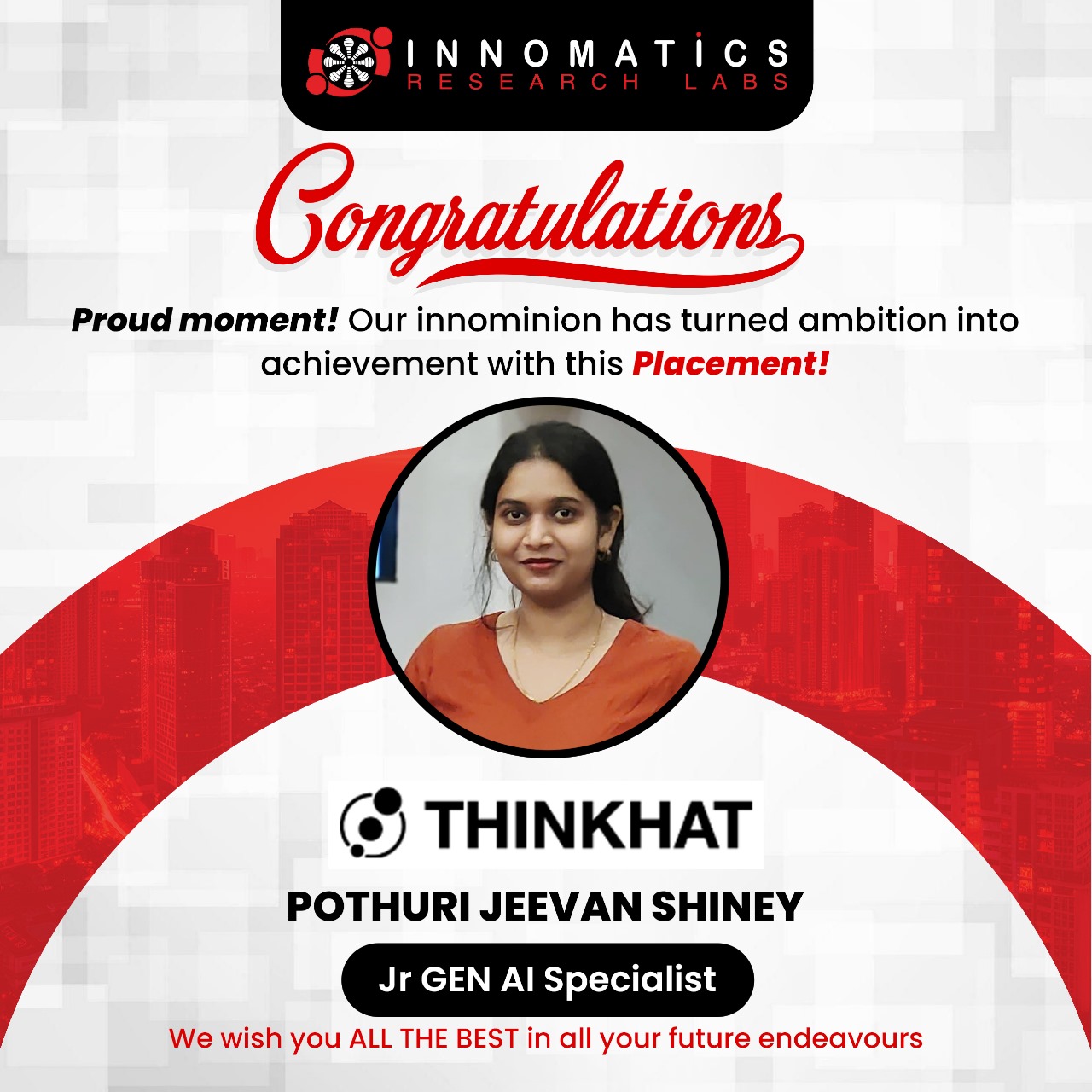

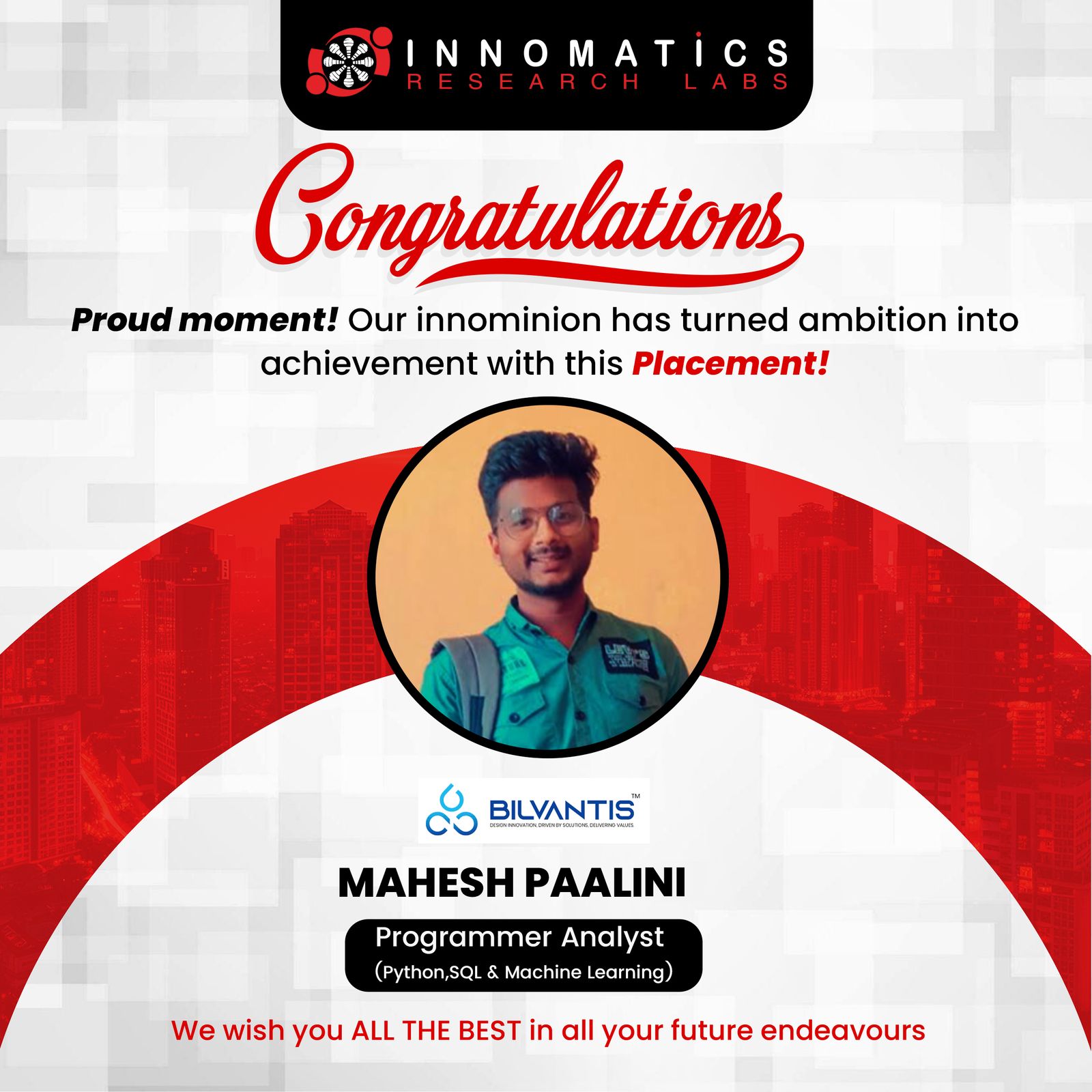
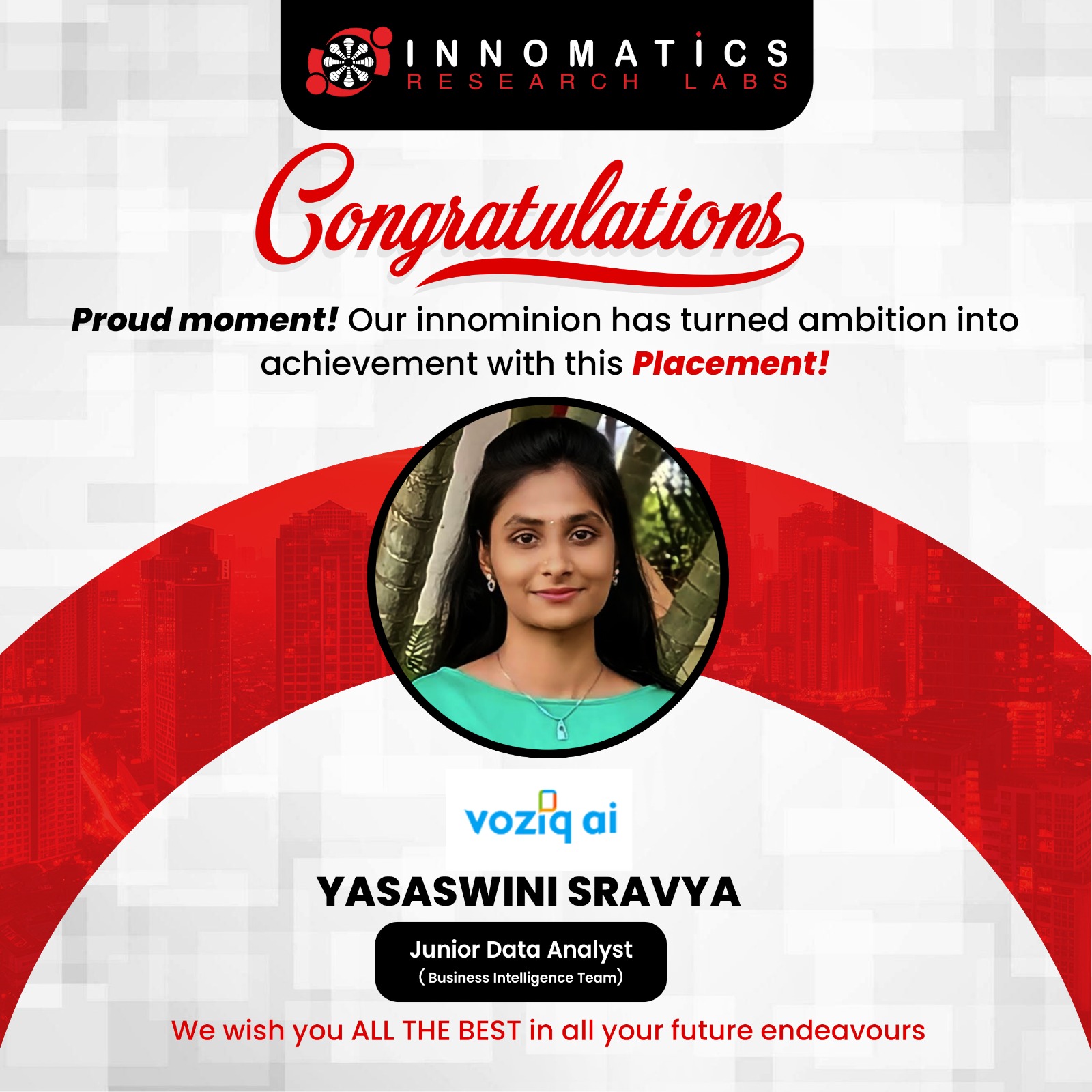

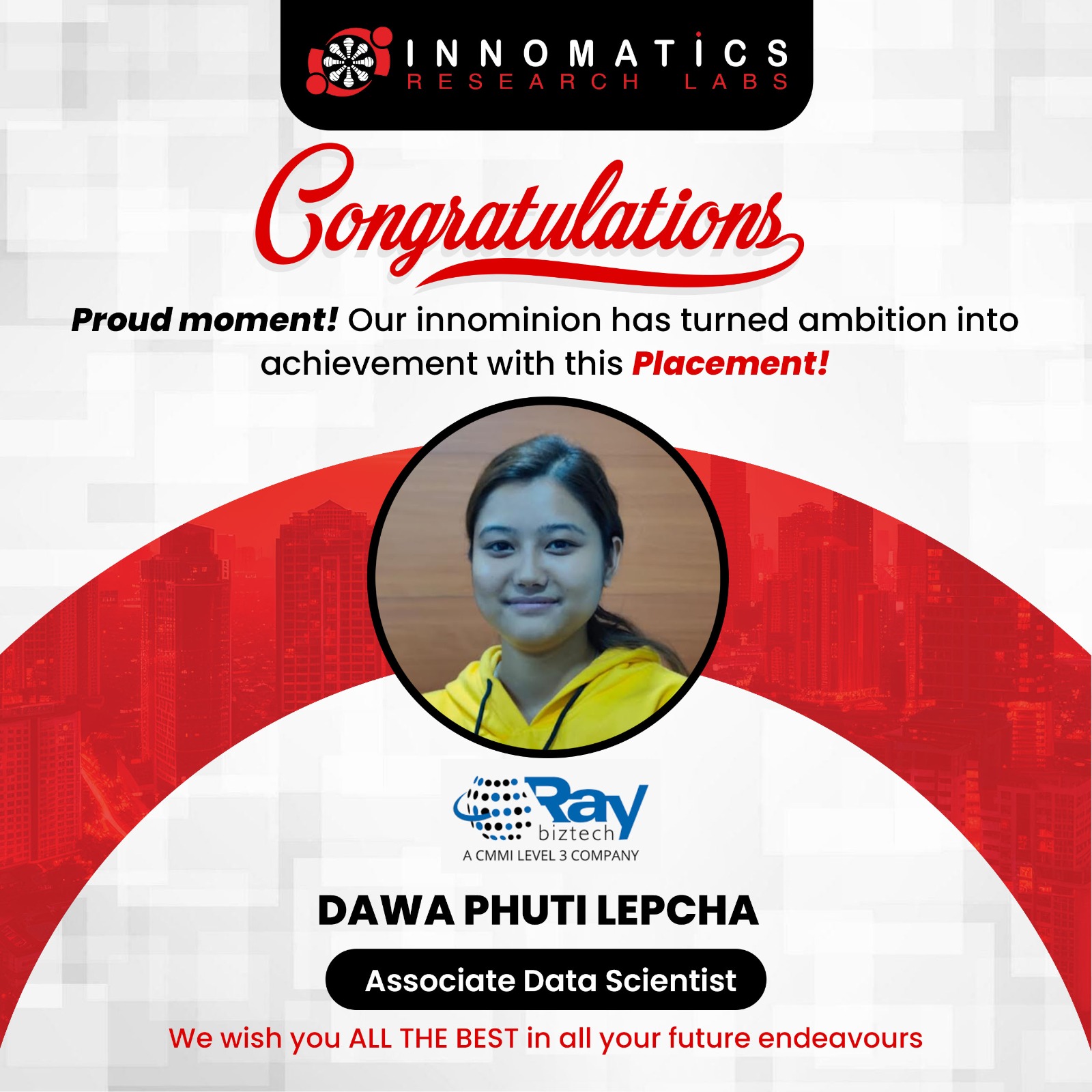
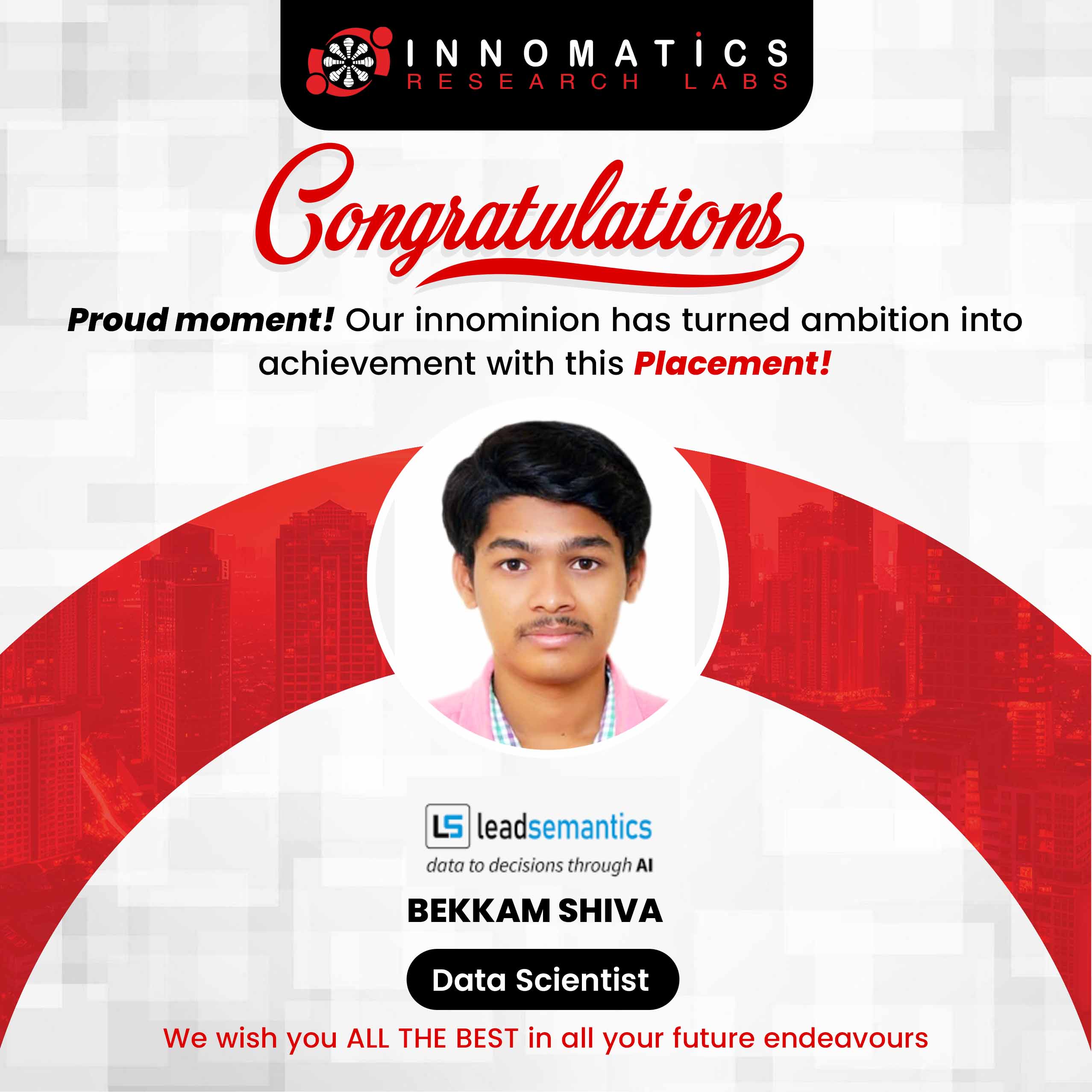



© 2025 Innomatics Research Labs Pvt Ltd, All rights reserved.